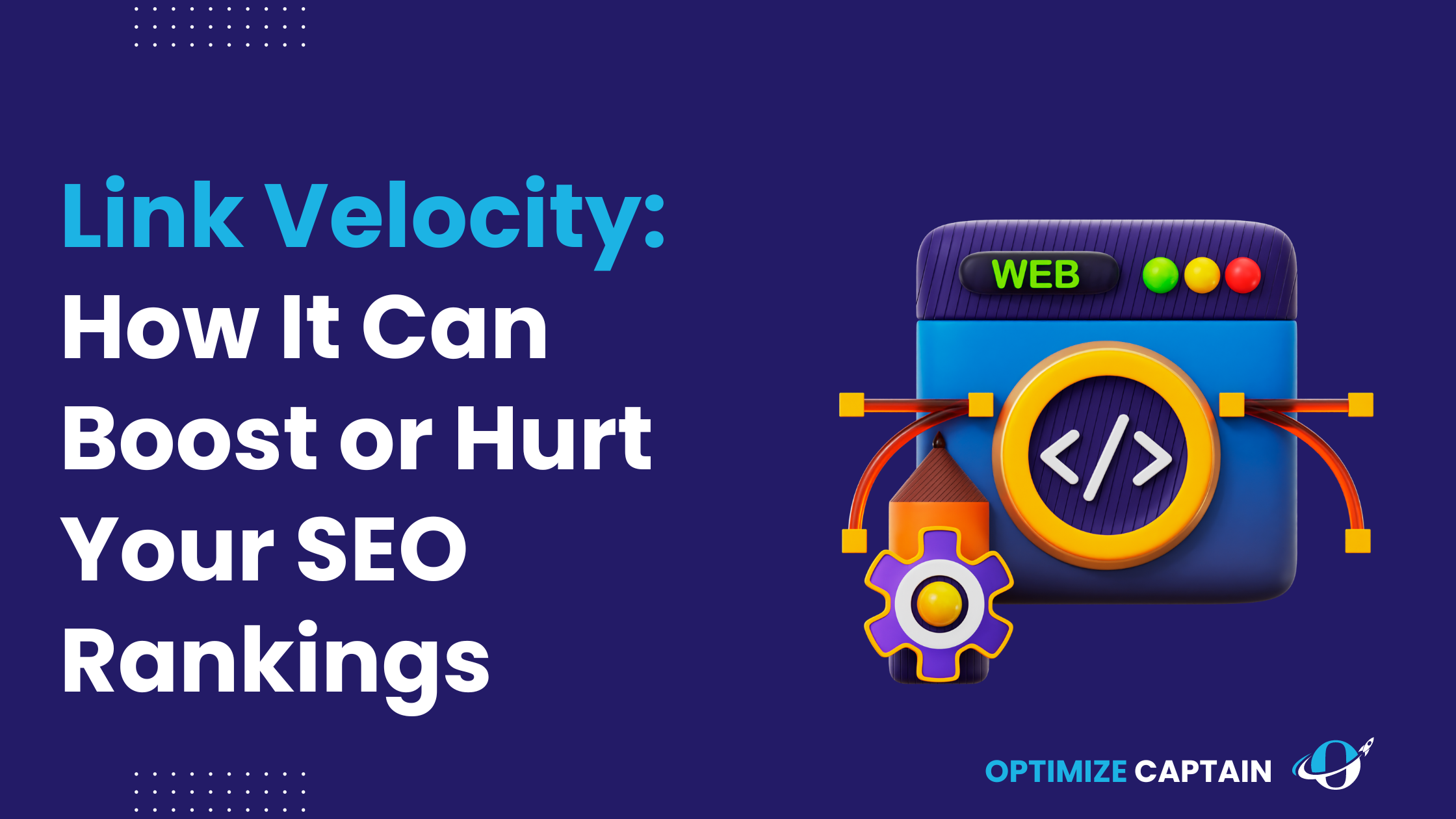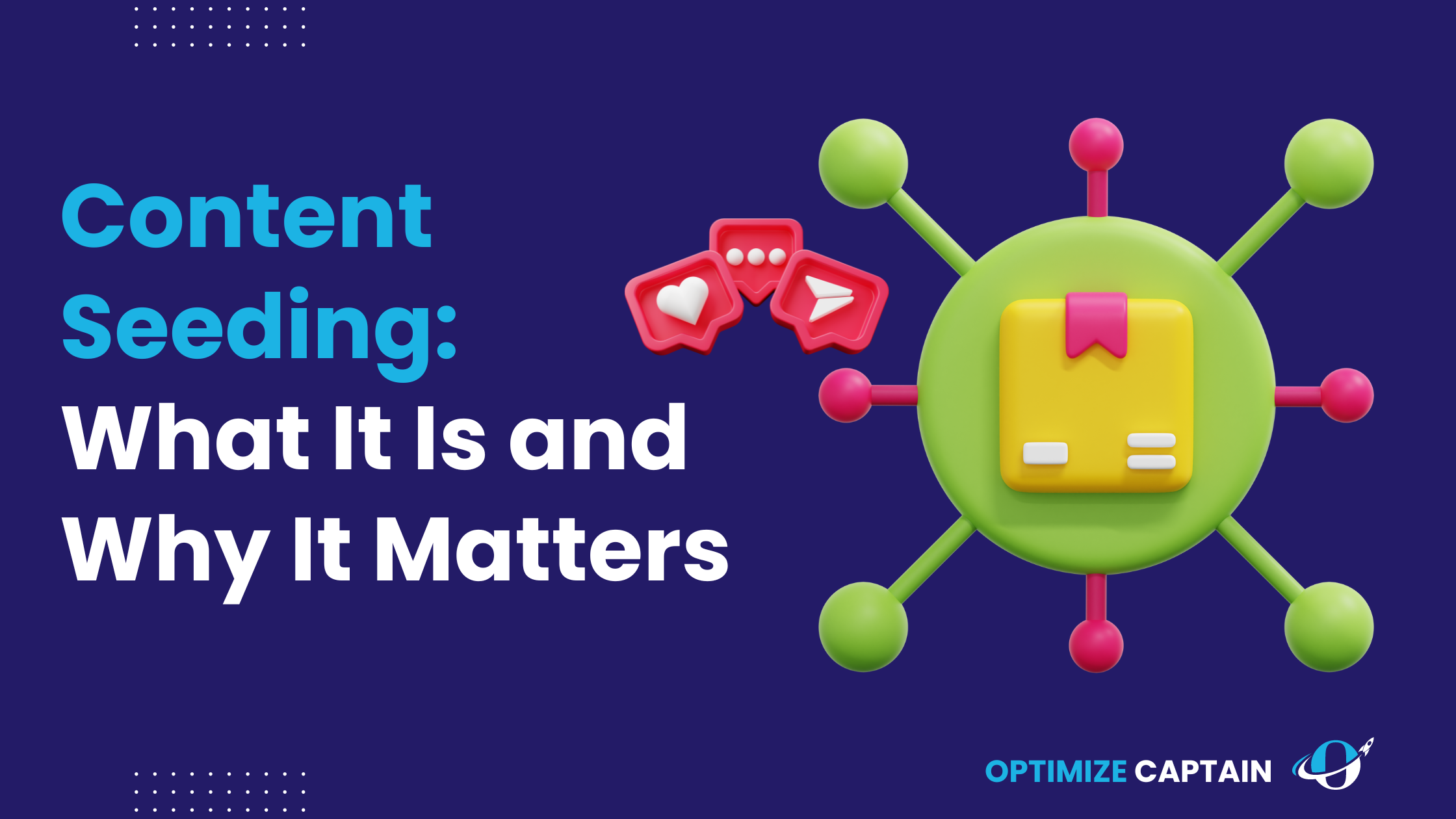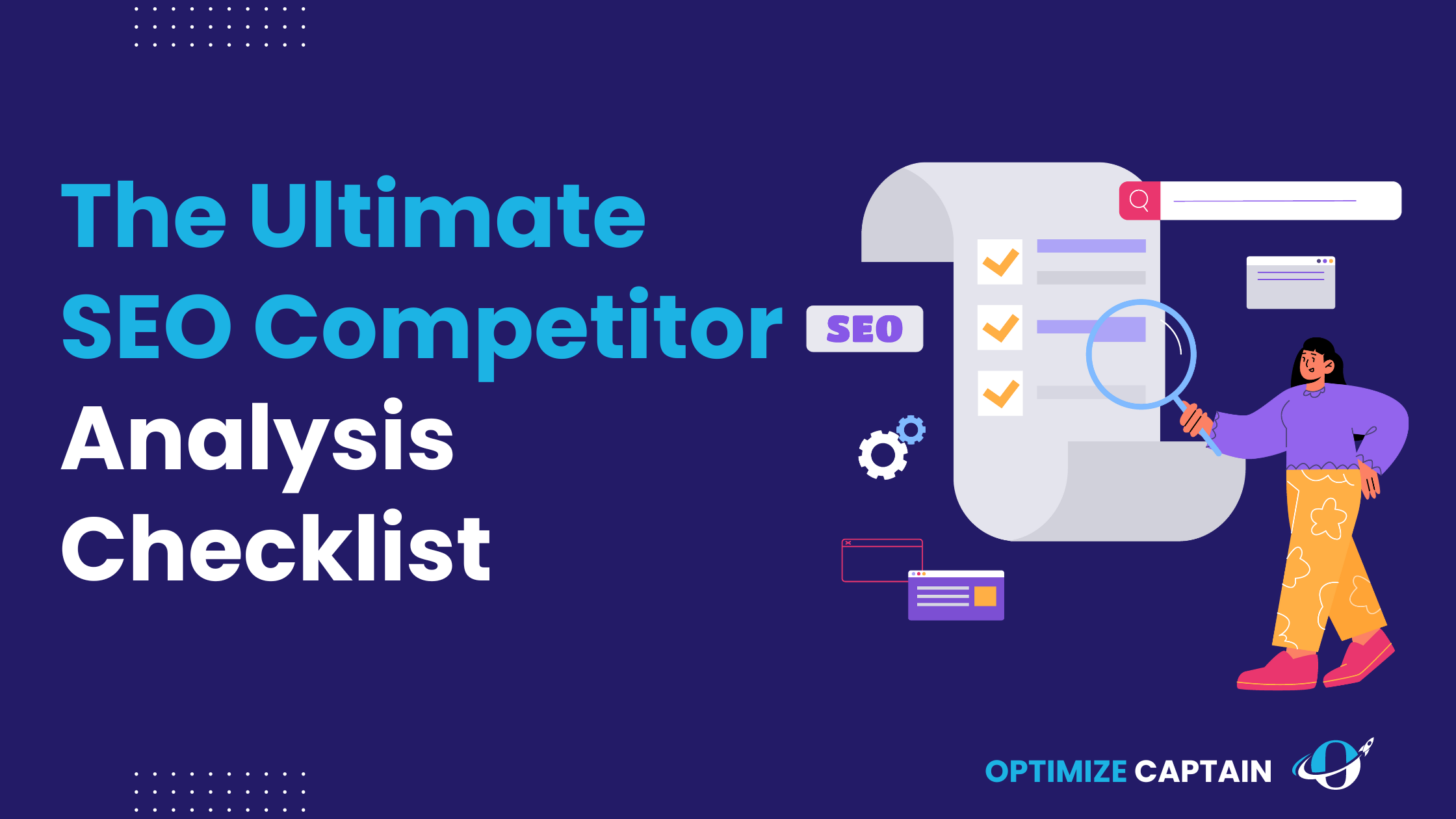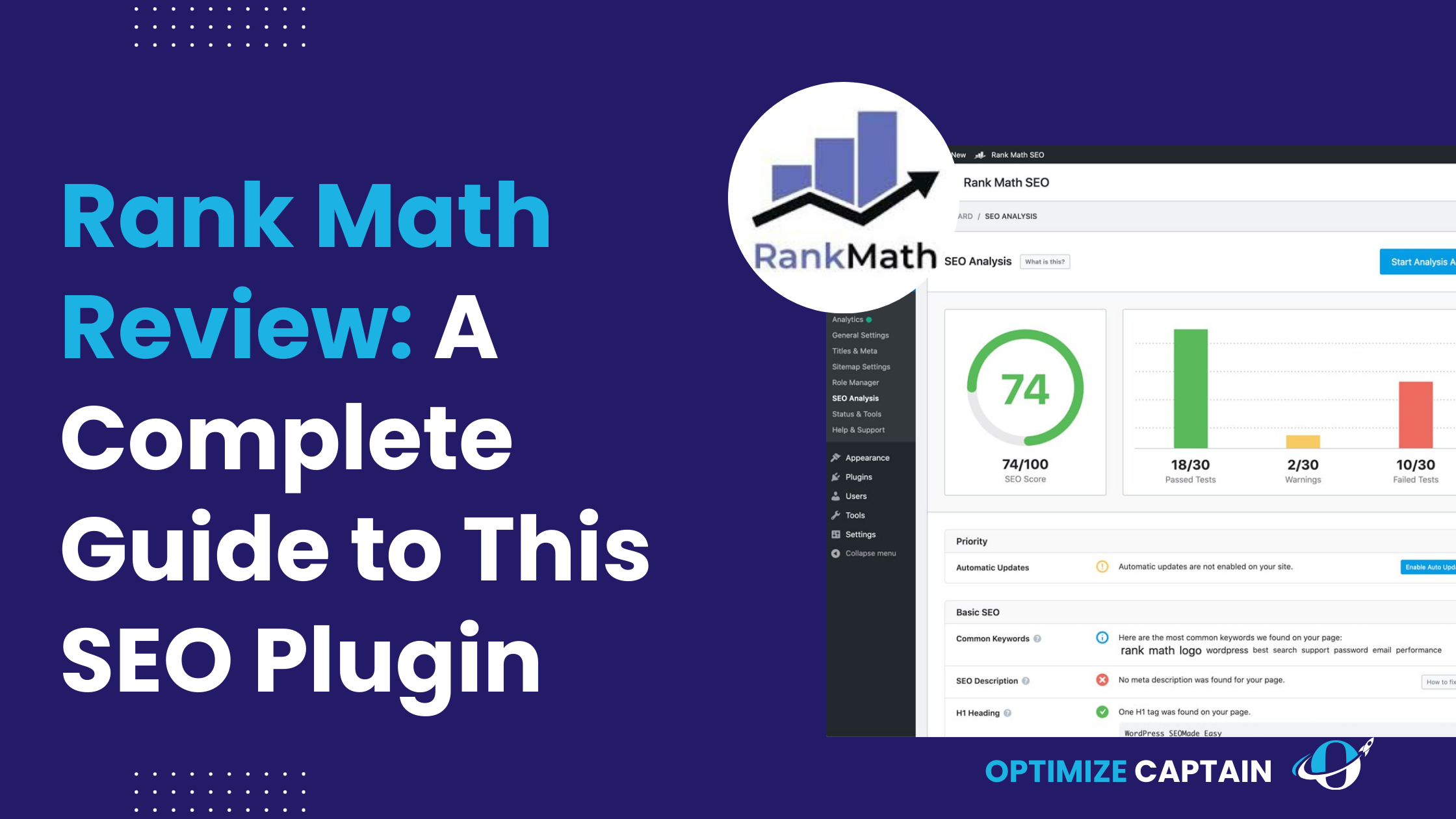Did you know that content marketing can drive up to 30% of a SaaS company’s overall marketing success? Content is more than just engagement; it’s a vital engine for growth and customer loyalty. Businesses depend on content to attract leads, educate users, and build long-lasting relationships in the cutthroat SaaS industry.
But how do you ensure your content is hitting the mark?
The answer lies in tracking the right metrics. In this article, we’ll explore:
- Key Metrics to Track: The most critical indicators of content success.
- How to Track Them: Practical steps for monitoring each metric.
- Why They Matter: Understanding their impact on your SaaS growth.
Focusing on these areas will give you insights into optimizing your SaaS content marketing strategy and driving your SaaS business forward.
What Are Content Marketing Metrics?
Content marketing metrics are the data points that reveal how well your content is performing. They help you understand how effectively your content attracts, engages, and converts your audience.
However, it’s important to distinguish between metrics and Key Performance Indicators (KPIs):
- Metrics are specific data points, like the number of visitors or the bounce rate, providing a detailed view of your content’s performance.
- KPIs are broader indicators tied directly to your business goals. They often encompass multiple metrics. For example, if your goal is to boost customer acquisition, your KPI might be the conversion rate, which is influenced by metrics like organic traffic and lead generation.
Example: Imagine a SaaS company aiming to increase its user base by 20% this year. A relevant KPI could be the conversion rate of free trial sign-ups, which could directly impact this goal. Metrics contributing to this KPI might include traffic to the sign-up page, engagement with onboarding content, and the completion rate of the sign-up process.
While metrics provide raw data, KPIs give a strategic overview of your progress toward achieving your key objectives. Understanding this distinction helps you focus on what truly matters.
10 Key Metrics to Track in SaaS Content Marketing
Tracking the right metrics is crucial for understanding how your content contributes to your business goals. Let’s explore the most important metrics and how to track them effectively.
- Organic Traffic: The Lifeline of Your Content Strategy
Organic traffic measures the number of visitors who find your website through search engines without paid ads. It’s a fundamental metric because it shows how visible your content is online. Organic traffic is often a primary source of new leads for SaaS companies.
According to a recent study, over 70% of marketers say SEO generates more leads than any other marketing activity. This shows just how essential optimizing your content for search engines is.
Tools like Google Analytics are essential to tracking organic traffic. You can monitor the number of visitors, the pages they land on, and the keywords they use to find your content. This data helps you refine your SEO strategy and focus on content that drives the most traffic.
Example: Suppose you’ve published a series of blog posts targeting keywords related to “email marketing automation.” By tracking organic traffic, you can see which posts bring in the most visitors and adjust your SEO strategy to enhance visibility.
- Conversion Rate: Measuring Content Effectiveness
Conversion rate is the percentage of visitors who take a desired action, such as signing up for a free trial or downloading a resource. In the SaaS world, a high conversion rate indicates that your content effectively engages and convinces your audience.
For instance, if 1,000 people visit your website and 50 sign up for a free trial, your conversion rate is 5%.
Tracking this metric involves analyzing data from forms, CTAs, and landing pages. Tools like HubSpot or Google Analytics can help you see which content pieces drive the most conversions and adjust accordingly.
- Customer Engagement: Gauging Interest and Interaction
Customer engagement metrics, such as time on page, bounce rate, and scroll depth, reveal how well your content resonates with your audience. These metrics help you understand if visitors find your content valuable and engaging.
Time on page shows how long a visitor spends on a page, while bounce rate measures the percentage of visitors who leave after viewing just one page. Scroll depth indicates how far down the page a visitor goes.
To track these metrics, tools like Google Analytics and Hotjar provide data and visual insights into user behavior.
Example: If you notice that readers are leaving your page after only a few seconds, it may indicate that the content isn’t meeting their expectations. Improving relevance, adding interactive elements, or enhancing page load speed could help boost engagement.
- Lead Generation: Fueling Your Sales Pipeline
Lead generation is the process of attracting and converting strangers into potential customers. In SaaS, content is a key driver of leads, often through sign-up forms, gated content, or free trials.
Track the number of leads captured through your content to measure lead generation. Tools like CRM systems (e.g., Salesforce) or marketing platforms (e.g., HubSpot) help you follow leads from their first interaction to conversion.
Example: A SaaS company offering cybersecurity solutions might use a gated whitepaper on “Data Protection Best Practices” to capture leads. Analyzing which content drives the most leads can guide future content creation.
- SEO Performance: Ranking and Beyond
SEO performance includes metrics like keyword rankings, backlinks, and domain authority, contributing to your content’s visibility on search engines. Strong SEO performance means your content is more likely to appear in search results, driving organic traffic.
To track SEO performance, tools like Ahrefs, Moz, or SEMrush provide insights into your keyword rankings, backlink quality, and domain authority.
Example: If your blog post on “Effective SaaS Onboarding Strategies” ranks on the first page of Google for targeted keywords, you’ll likely see a boost in organic traffic. Monitoring SEO performance allows you to replicate successful strategies.
- Customer Retention: The Value of Keeping Customers
Customer retention metrics, such as churn rate and customer lifetime value (CLV), are crucial for SaaS companies, especially those relying on subscription models. Retaining customers often requires less effort and cost than acquiring new ones.
High churn rates might signal dissatisfaction, suggesting the need for better customer support or educational content.
CLV measures the total revenue a customer is expected to generate over their lifetime with your company. Increasing CLV can be achieved by providing ongoing value through content that educates and engages your customers.
Example: A SaaS company could reduce churn by offering advanced tutorials or webinars. This would help customers fully utilize their product and thus increase both retention and CLV.
- Content ROI: Measuring the Financial Impact
Content ROI measures the profitability of your content marketing efforts. It asks: Are the resources you’re investing in content creation and distribution bringing in more revenue than they cost?
This metric helps you justify content marketing expenditures and refine your strategies. Tools like HubSpot can track revenue generated from content through direct sales or lead nurturing.
Example: If a content campaign costs $5,000 and generates $20,000 in new sales, the content ROI would be 300%. This indicates that the content strategy is highly effective and worth scaling.
- Brand Awareness: Expanding Your Reach
Brand awareness metrics help you understand how well your content amplifies your brand’s presence. Strong brand awareness can increase trust and customer preference, often translating into higher conversion rates.
Metrics like social media mentions, share of voice, and branded search volume are key indicators of brand awareness. Tools like Mention and Google Trends can track how often your brand is discussed or searched online.
Example: A SaaS firm running a social media campaign might monitor the increase in brand mentions compared to previous periods. A significant rise in mention could indicate that the campaign successfully boosted brand awareness.
- Social Media Engagement: Building Relationships with Your Audience
Social media engagement metrics, including likes, shares, comments, and overall interaction rates, provide insights into how well your content resonates on platforms like LinkedIn or Twitter. For SaaS companies, social media is often a key distribution channel.
Tracking these metrics helps you determine which types of content are most effective. Tools like Hootsuite or Buffer can monitor interactions in real time.
Example: If your LinkedIn posts about product updates receive high engagement, you might prioritize similar content to maximize social media reach.
- Customer Lifetime Value (CLV): Maximizing Long-Term Relationships
Customer Lifetime Value (CLV) estimates the total revenue a customer will generate throughout their relationship with your company. Increasing CLV is crucial for SaaS businesses, as it reflects the success of your retention and upsell strategies.
Tracking CLV helps you understand the long-term value of customer relationships and informs strategies for reducing churn and increasing upsells.
Example: If a SaaS company calculates a CLV of $1,000, focusing on content that educates and engages customers can increase customer lifespan and overall CLV.
- Bounce Rate: Assessing Content Relevance
Bounce rate measures the percentage of visitors who leave your site after viewing only one page. A high bounce rate indicates that your content isn’t meeting visitor expectations. To reduce bounce rate, you can focus on improving the relevance of your content, optimizing the page’s load speed, and enhancing the overall user experience. Tools like Google Analytics provide detailed reports on bounce rates, helping you identify which pages need improvement.
Example: If you notice a particular blog post on your SaaS website has a high bounce rate, it might be worth revisiting the content to ensure it aligns with your visitors’ search intent. Improving the content’s relevance and adding engaging elements like videos or infographics can help retain visitors and encourage them to explore more of your site.
How to Choose the Right Metrics for Your SaaS Business
Choosing the right metrics for your SaaS business isn’t a one-size-fits-all process. The effectiveness of your content marketing depends on selecting metrics that align with your specific goals, audience, and business stage. Here’s how to ensure you’re tracking the right metrics:
1. Align Metrics with Business Goals
Start by clearly defining your business objectives. Are you focusing on acquiring new customers, retaining existing ones, or increasing the average user revenue (ARPU)? The metrics you choose should directly reflect these goals. For example, if your primary objective is customer acquisition, metrics like organic traffic and conversion rate should be your focus.
2. Understand Your Audience
Different audiences respond to content in various ways. Understanding your target audience’s behaviour, preferences, and pain points can help you choose metrics that accurately reflect their engagement and satisfaction. For instance, if your audience values educational content, time on the page and scroll depth may be more relevant than social media shares.
3. Consider the Buyer’s Journey
The buyer’s journey is a prospect’s path from awareness to decision. Different metrics are relevant at different stages of this journey. For awareness, you might focus on metrics like brand awareness and organic traffic. For consideration, engagement metrics such as time on page are critical. During the decision phase, conversion rate and lead generation metrics become more important.
4. Using the Right Tools
To effectively track your chosen metrics, you need the right tools. Platforms like Google Analytics, HubSpot, and SEMrush offer comprehensive tracking capabilities. These tools track metrics and provide insights and visualizations to help you interpret the data. Choose tools that integrate well with your existing tech stack and provide the in-depth analysis you need.
5. Regularly Review and Adjust
Metrics are not static; they evolve as your business grows and market conditions change. Regularly review your metrics to ensure they’re still aligned with your goals. If a particular metric no longer provides valuable insights, don’t hesitate to adjust your tracking strategy.
Practical Demonstration: Choosing Metrics for a SaaS Business Offering Email Marketing Solutions
Let’s say you run a SaaS company that provides email marketing software to small businesses. Your primary business goal is to increase customer acquisition by 25% over the next year. Here’s how you might choose and track your content marketing metrics:
1. Goal Alignment
Since your focus is on customer acquisition, the key KPIs would be:
- Conversion Rate: How many visitors to your website sign up for a free trial or demo?
- Lead Generation: The number of new leads captured through content like whitepapers, case studies, or webinars.
2. Audience Understanding
Your target audience is small business owners looking for cost-effective, easy-to-use email marketing solutions. They value educational content that teaches them how to improve their marketing efforts. Relevant metrics would include:
- Time on Page: Indicates users’ engagement with your educational blog posts or guides.
- Scroll Depth: This helps you understand if users are entirely consuming your content or dropping off midway.
3. Buyer’s Journey Consideration
For the awareness stage, you might focus on:
- Organic Traffic: The number of visitors finding your blog posts through search engines.
In the consideration stage, key metrics could include:
- Engagement Metrics: Time on page, bounce rate, and the number of pages viewed per session.
Finally, during the decision stage, you’d track:
- Conversion Rate: The percentage of visitors who sign up for a trial or demo after engaging with your content.
4. Tool Selection
You’d likely use tools such as:
- Google Analytics: To track organic traffic, time on page, and bounce rate.
- HubSpot: This is for lead generation and monitoring conversion rates through its built-in CRM features.
5. Regular Review
As you track these metrics, you notice that while your organic traffic is increasing, the conversion rate from visitors to free trial sign-ups is lower than expected. Upon reviewing the time on page and bounce rate, you realize that users aren’t engaging deeply with your product pages. Based on this insight, you decide to A/B test different CTAs and optimize the content on those pages to better align with what your audience is looking for.
Conclusion:
For SaaS companies, the success of their content marketing hinges on knowing which metrics matter most. By focusing on the right data—like organic traffic, conversion rates, and customer lifetime value—they understand how their content drives growth. It’s not just about numbers; it’s about understanding what resonates with their audience and making informed decisions to improve.
Did you know companies that regularly track their marketing metrics are 60% more likely to achieve their goals? This highlights the importance of monitoring these indicators closely.
By consistently tracking these metrics and adjusting your strategy accordingly, you’ll be able to foster deeper connections with your customers, drive more meaningful engagement, and ultimately, see your SaaS business grow in ways that truly matter. The journey to success is ongoing—keep analyzing, optimizing, and evolving your content strategy to stay ahead.
FAQ’s
1. How to measure SaaS content marketing?
Measure SaaS content marketing by tracking key metrics like organic traffic, conversion rates, customer engagement, lead generation, and content ROI. These metrics help you evaluate how well your content drives growth, attracts leads, and retains customers.
2.Which metric is the most important metric with regards to content marketing?
The most important metric often depends on your business goals, but the conversion rate is crucial as it directly reflects how effectively your content turns visitors into leads or customers.
3.What are content marketing metrics?
Content marketing metrics are measurable data points that evaluate the performance of your content. They help you understand how well your content attracts, engages, and converts your target audience.
4.What are the key metrics you would use to evaluate the financial health of a SaaS startup?
Key metrics for evaluating a SaaS startup’s financial health include Customer Acquisition Cost (CAC), Customer Lifetime Value (CLV), Monthly Recurring Revenue (MRR), and Churn Rate. These metrics offer insights into profitability, growth, and customer retention.





